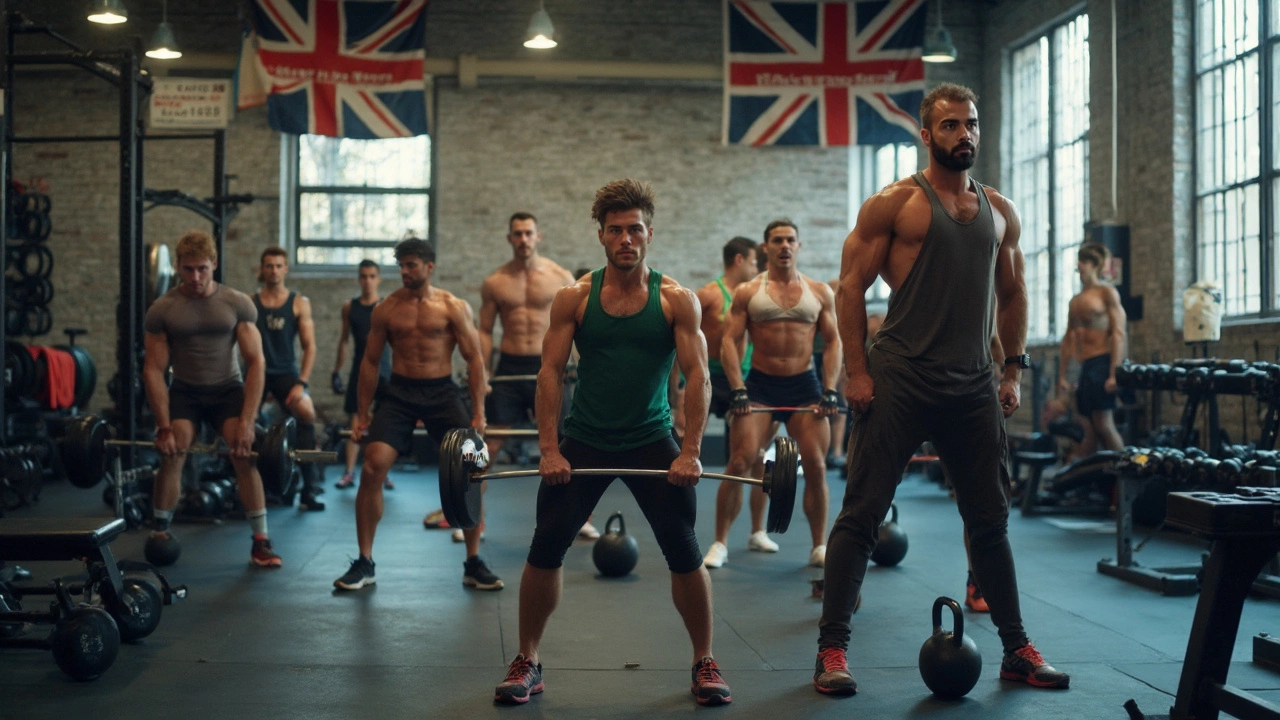
Big 5 Exercises: Your Guide to the Fundamental Lifts
If you want to get stronger, look no further than the Big 5. These five compound moves hit multiple muscle groups at once, giving you more gains in less time. The set includes the squat, bench press, deadlift, overhead press, and barbell row. Each lift teaches you to move smart, stay safe, and build real power.
Why the Big 5 Matter
Because they’re built on the same principle: use big muscles to lift big weight. When you squat, you fire quads, glutes, and core. Bench pressing works chest, shoulders, and triceps. Deadlifting ties together hamstrings, back, and grip strength. Overhead pressing forces shoulders, upper back, and core to stabilize a load overhead. The barbell row rounds it out by strengthening the lats, middle back, and rear delts. Doing all five gives a balanced, functional body and simplifies your program.
How to Perform Each Lift Safely
1. Squat
Start with feet shoulder‑wide, toes a little out. Keep your chest up, push hips back, and sit down as if sitting on a chair. Drive through your heels to stand, keeping knees tracking over toes. Common mistake: letting knees cave inward – fix it by squeezing a band around the thighs.
2. Bench Press
Lie flat, grip the bar just outside shoulder width. Pull shoulder blades together and keep elbows at about 45 degrees from your torso. Lower the bar to mid‑chest, then press up in a straight line. Avoid flaring elbows too wide – it stresses the shoulders.
3. Deadlift
Feet hip‑wide, grip the bar just outside the knees. Hinge at the hips, keep the back neutral, and pull the bar up by extending hips and knees together. Finish with shoulders back and hips fully extended. Mistake to skip: rounding the lower back – keep the chest up and engage the lats.
4. Overhead Press
Stand tall, grip the bar just wider than shoulders. Press the bar straight overhead, moving head slightly back to let the bar pass. Finish with arms locked and core braced. Common error: arching the lower back – tighten your abs and glutes to protect the spine.
5. Barbell Row
Hinge at the hips with a flat back, grip the bar just wider than shoulder width. Pull the bar toward your lower rib cage, squeezing the shoulder blades together. Lower it under control. Many let the torso round – keep a solid hinge and engage your core.
Programming the Big 5 is simple. Pick three to four lifts per session, rotate them across the week, and give each move 3‑5 sets of 5‑8 reps. Add a light day with higher reps to improve technique. Rest 2‑3 minutes between heavy sets and 1‑2 minutes on accessory work.
Remember, consistency beats perfection. Start with a weight you can control for the full range, then add 2‑5 % each week. Track your numbers, watch your form in a mirror, and consider filming yourself for feedback.
Whether you’re new to the gym or coming back after a break, these five lifts are the shortcut to real strength. Master the basics, stay safe, and watch the results pile up.
